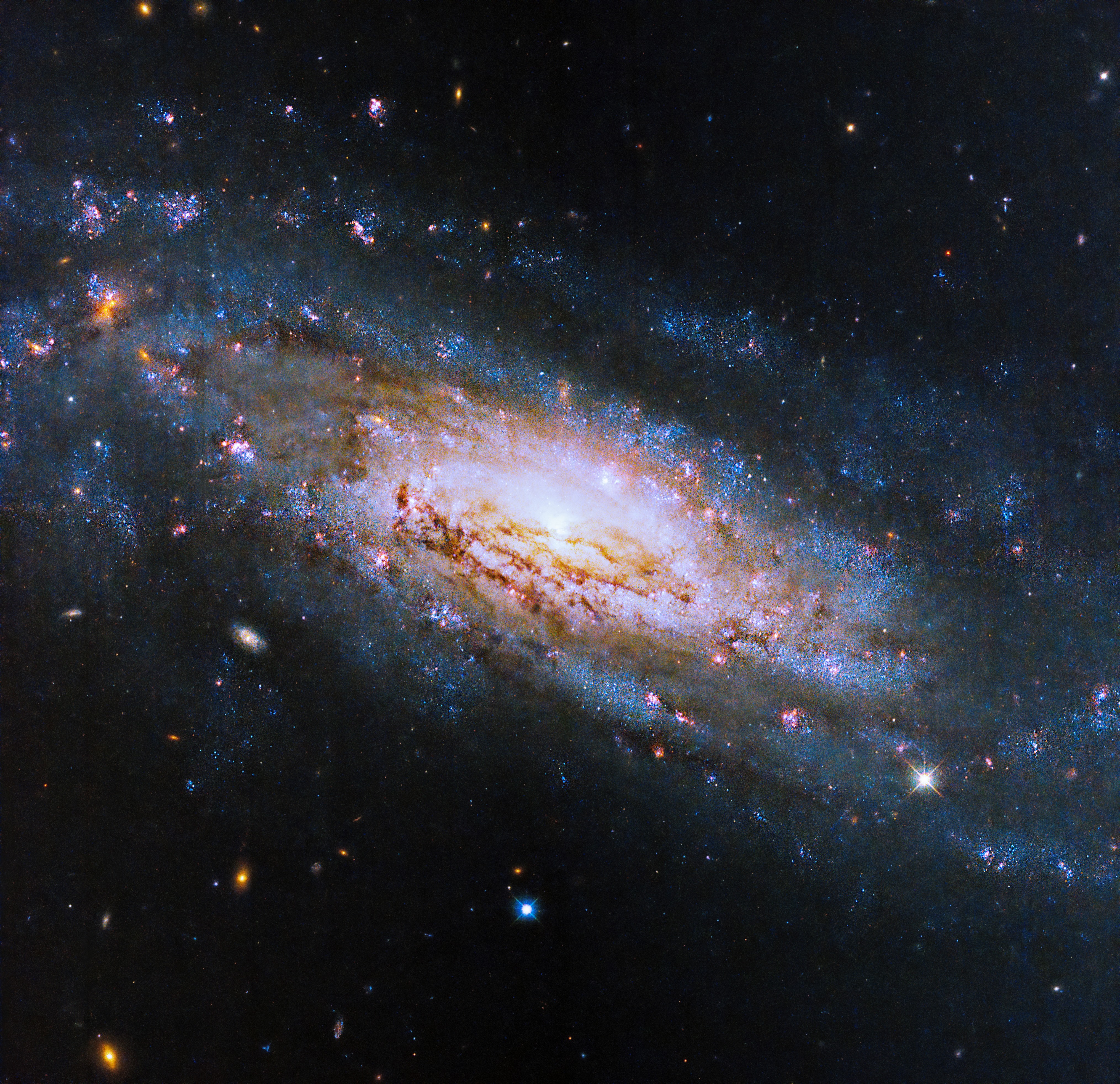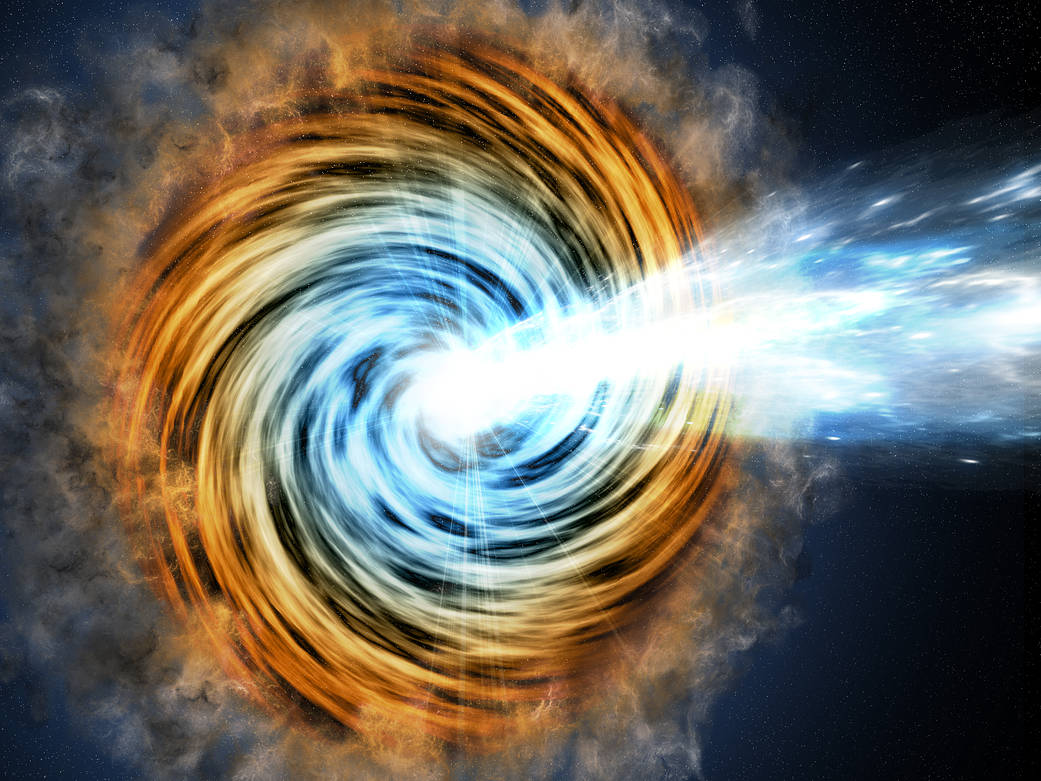Raymond Sedwick
University of Maryland, College Park
Future space exploration will require advanced power and propulsion technologies capable of achieving multi-MW power generation with high specific impulse, moderate thrust levels and low system specific mass. This is a challenging region of the design space, but possibly achievable through the Direct Energy Conversion (DEC) of fusion products into electricity (E-DEC) and thrust (T-DEC). While achieving breakeven with D-T is technologically the most accessible, 80% of the power output is in the form of neutrons. Advanced fuels offer the advantage of producing fewer, lower energy neutrons (D-D, D-3He) or even no neutrons (p-11B) but at the cost of significant bremsstrahlung losses. To leverage any of these fusion fuels for space, methods of capturing and efficiently converting both the radiated power and the charged fusion products are of critical importance. For thrust generation, while remarkable advances in electric propulsion have achieved 100kW class systems capable of thousands of seconds of specific impulse at several Newtons of thrust, a primary drawback of such systems is the inflexibility of propellant choice. This level of performance is predicated on using high atomic mass noble gases such as xenon, which is costly, diminishing in supply terrestrially, and not easily available as an in-situ resource in the solar system. Instead, a system that can directly heat a variety of readily accessible and easily storable propellants (H2O, CO2, CH4) up to tens of thousands of degrees can achieve superior performance at much higher power levels without the same limitations. This effort will support the ongoing development of multiple E-DEC and T-DEC technologies with direct application to centrifugally confined fusion plasmas.





























